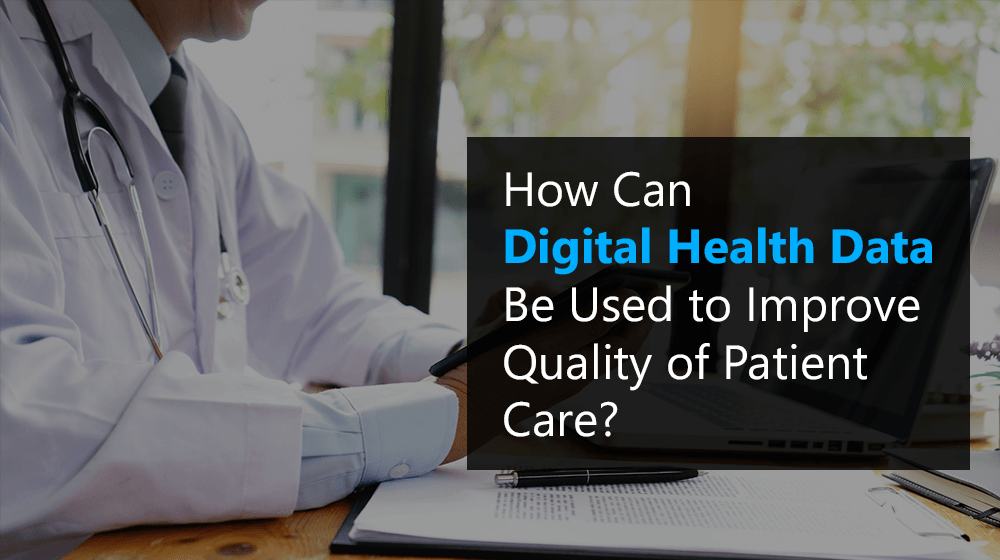Nearly 37% of adults in the US have used telehealth services. Primarily utilized for minor illnesses and follow-up appointments, these services are revolutionizing the healthcare industry. With the wealth of valuable patient data generated, telehealth relies on professional transcription services to facilitate deeper analysis and inform health policy formation.
Read on to discover more about telehealth services and the crucial role transcription plays in shaping the future of healthcare.
Understanding Telehealth Services
Healthcare services delivered using virtual mediums including audio or video calls, messaging, and emails are considered telehealth services. These remote services are widely used for enhancing healthcare accessibility in remote areas and in case of infectious diseases, where traveling can maximize the risk.
To get the best out of these trending services, the healthcare industry needs services to evaluate patient’s experiences. One of the highly considerable services for this is transcription services, offering accurate and detailed information about a patient’s journey with telemedicine.
Accurate Transcriptions - The Gamechangers
The number of people accessing telehealth services is increasing and it’s important to have a quality check. After all, it’s the quality of services that will determine the course of these services and the healthcare policies that follow. Let’s see how accurate transcription services can help with qualitative analysis:
Encouraging Empathy- Driven Care
Empathy is a must for the healthcare industry because it directly affects the healing journey of a patient. With accurate telemedicine transcripts, it can be clearly understood whether or not the right empathic approach is taken. If not, service providers can make necessary adjustments while dealing with patients. For instance, if a patient faces trouble expressing themselves during a virtual session, non-verbal aspects of the transcript can highlight the issues.
Patient- Centric Policy Development
Healthcare policies focusing on patient needs give the best outcomes. Formulating such policies requires lots of patient-associated data, including customer feedback analysis. This helps in making a clear picture of the current issues patients face and what they expect from the policymakers. In the case of telemedicine, if the patients have issues with the cost or the software, policymakers can specifically focus on these areas. They can come up with a healthcare platform that is accessible for vulnerable sections and works quite well despite limited networks.
Dynamic Feedback Loops For Continuous Improvement
Being responsive to patient needs is a continuous journey and the scope of improvement always exists. With accurate medical transcripts, service providers have valuable data helping them with trend analysis and planning for betterment. In the case of a pandemic, telehealth is encouraged and loopholes are constantly verified because it is the safest way to deal with non-emergency cases.
Rich Respiratory For AI Integration
Telehealth transcripts not only help with service improvement but also create a rich respiratory for artificial intelligence integration. The transcribed data can be used for identifying patient behavior patterns, quick suggestions, and proactive interventions. Also, this data can be used by researchers and policymakers studying the effectiveness of these services and looking for a scope of enhancement.
Promoting Inclusivity and Accessibility
Accurate transcriptions help make telehealth services more inclusive by ensuring feedback from diverse patients, such as non-native speakers, the elderly, and those with hearing impairments, is correctly captured and understood. This ensures that telehealth is accessible to everyone and supports the creation of policies that address the needs of all patients.
Innovative Approaches Shaping The Future
With the right transcription service provider, the telehealth industry can have these innovations:
- Real-time Patient Feedback Systems: With real-time transcriptions, patient feedback can be analyzed quickly and promote a healthcare system where the patient feels valued.
- Real-time Patient Feedback Systems: With real-time transcriptions, patient feedback can be analyzed quickly and promote a healthcare system where the patient feels valued.
- Developing Predictive Tools: Transcripts integrated with AI can be used for developing predictive tools for dealing with potential issues including poor connectivity.
- Multilingual Telehealth Initiatives: Transcripts can be easily converted into various languages and presented to non-native speakers, especially the ones included in healthcare policy formation.
- Enhancing Provider Training Programs: Healthcare providers and newbies in the telemedicine industry can learn from transcripts added to their reading manuals, developing improved communication skills for virtual consultation.
Conclusion
Accurate transcriptions enhance telehealth services by providing detailed insights into patient experiences. They support empathy-driven care, patient-centric policy development, and continuous service improvement.
Transcripts create a valuable data repository for AI integration and promote inclusivity, ensuring access to quality healthcare. Effective transcription services enable the telehealth industry to innovate, shaping a more efficient and patient-focused future. Experience affordable, customized telehealth transcription services with ANT Datagain.
We tailor our solutions to meet your specific needs and ensure delivery within your deadlines.
















